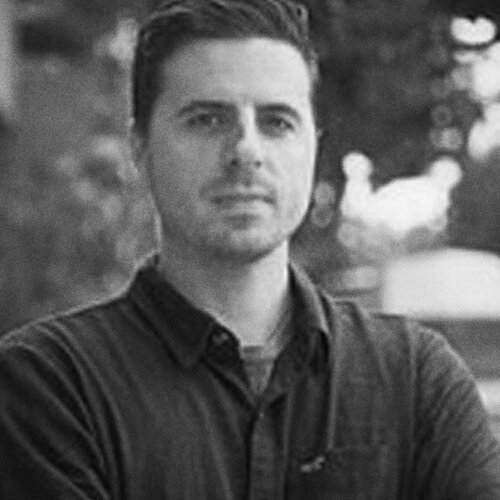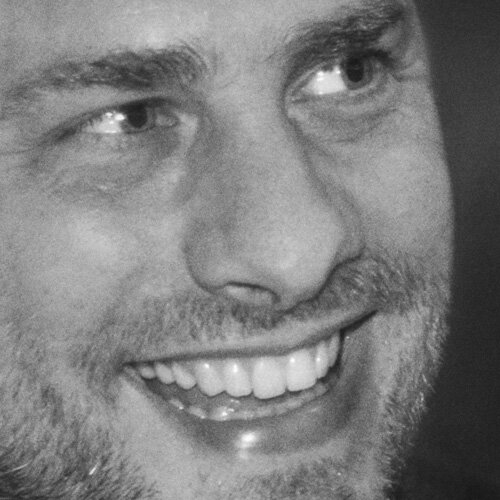The Turning Point #2: How to Go From Seeking Work to Being Sought After
Beloved Contributors
Read Part I to find out what these artists considered their own turning points and how they would approach personal projects...
Do you have any advice for getting hired on high profile projects/ studios as a freelancer?
Brandon Parvini
Developing a reputation for yourself as someone who is reliable and easy to deal with
• If you are someone who is not fully in control of the job, you can’t get brought in. Keep humble.
• A lot of the big artists have reputations for being difficult to work with at times.
• Never burn a bridge. Have a really great relationship with your producers because they talk, they move shops, they bounce around.
• Don’t identify issues without an immediate followup on how to solve it. Don’t over-promise, over-deliver, and always be a problem solver.
If you want to get brought into big projects, you have to make stuff that looks big
• Even if the project you’re on doesn’t have the budget to support it, put something extra into it. Make it big enough to get you the next bigger project. I always pretend there’s another 40% on top of the project to elevate it over the last project.
• Quality over quantity. If you look at a lot of the top artists, everything on the site supports the idea that they’re good at this. Look for opportunities for powerful executions that have exactly the vibe you want personally. Really hone in on and establish a brand there.
Everything on the site is stuff you want to get hired for
• Volume is not as important as the quality of the craftsmanship that went into it.
• Don’t advertise yourself for being a dope roto artist if you want to be doing design.
Interpersonal skills/ communication skills
• Keep working on social skills. Learn how to be honest with yourself/ team. You want people to know exactly where you stand in a conversation.
• Adaptability and communication are more important than skill. They’re not going to have all the software/ time/ plugins/ personnel that you think are essential. It really doesn’t matter because you have to do it anyways, so how can you make a compelling image without the right tools? How can you support/ communicate with your team that you can help problem solve and get your team to where they need to be?
Be the dumbest person in the room
• One of the best parts of freelance is constantly having the opportunity to have a seat at the table where you have so much you can learn from the people around you.
Eric Nicolas Smit
Seduce the people you want to work with.
• You need to catch their attention, to create excitement, to “shine.” The creative industry is fueled by passion and imagination.
• Be focused. Don’t waste people's time if you have nothing relevant to show.
Knocking on random doors begging for work is not the right strategy. Try to give something before asking.
• You want to work in the game industry? Then put together a short game demo and show it to the right person. It’ll require some effort, sure, but it’s not wasted time: you’ll improve your skills, have something great to add to your portfolio and create a buzz. You might not see results immediately, but you will plant seeds...
• In 2008, I submitted a project to a company. It was a complete CG animation promo sequence. It took me one full month to complete it. Back then I received only a polite reception notification. I thought I wasted my time. But in 2013, 5 years later, this company contacted me back to work with them!
Nik Hill
Really good communication skills / negotiation skills
• Being very compassionate/ empathetic
• Having good people skills
Time management
• Have to be so careful how you balance saying yes/ no to things
Mitch Myers
Talk to those who make the decisions, and talk to those who know decision makers. Create work you’re proud to send their way. If they see something that is a good fit for you, don't fuck that first project up.
• Their initial views about who you are, your trustworthiness, and if you can make them money will stay with them forever. So if you don't receive a call back, work on getting better.
Melissa Oakley
Make it your full-time 2nd job to stay on top of what everyone is up to!
• Always be learning new things, connecting with people inside the industry. Although I work as a staff artist at a studio currently, I have very close friends who I see experience the flip-side of the coin perma-lancing from studio to studio on again and off again.
• Even while booked at a studio, they are constantly grabbing lunch with and keeping in touch with old co-workers and people they met at previous jobs. After doing this awhile, with patience, anyone can land the "high profile" job on a "high profile" project they've been dreaming about. I really feel like some things are still left up to "right time and right place" with the proper amount of effort.
Brett Morris
Be honest with the work you show and show your best work.
• A great showreel is always the best way to get a lot of your work in front of a potential client quickly. Consider writing up your process and things you learned along the way on some of the key projects.
• Having that additional information gives a much clearer insight into the critical thinking a designer puts into the work and it shows the reader you care enough to share those insights.
Quick Takeaways
Be a good professional (reliable) -Brandon Parvini
Don’t fuck up any chances you’re given -Mitch Myers
Make stuff that looks big even if you are not -Mitch Myers
Seduce the people you work with your energy, put all your energy into your work -Eric Nicolas Smit
Network constantly with people in the industry, it’s only a matter of time till you get where you want to go -Melissa Oakley
Curate your site so everything is your best/ what you want to be -Brandon Parvini
Don’t approach people until you have something worth showing -Eric Nicolas Smit
Building a Brand
There are millions of ways to get to the final product, explore options that no one else is -Brandon Parvini
The final look is important but more important is your approach all the way through -Brandon Parvini
Work on personal projects, they decide what your brand is going to be -Eric Nicolas Smit
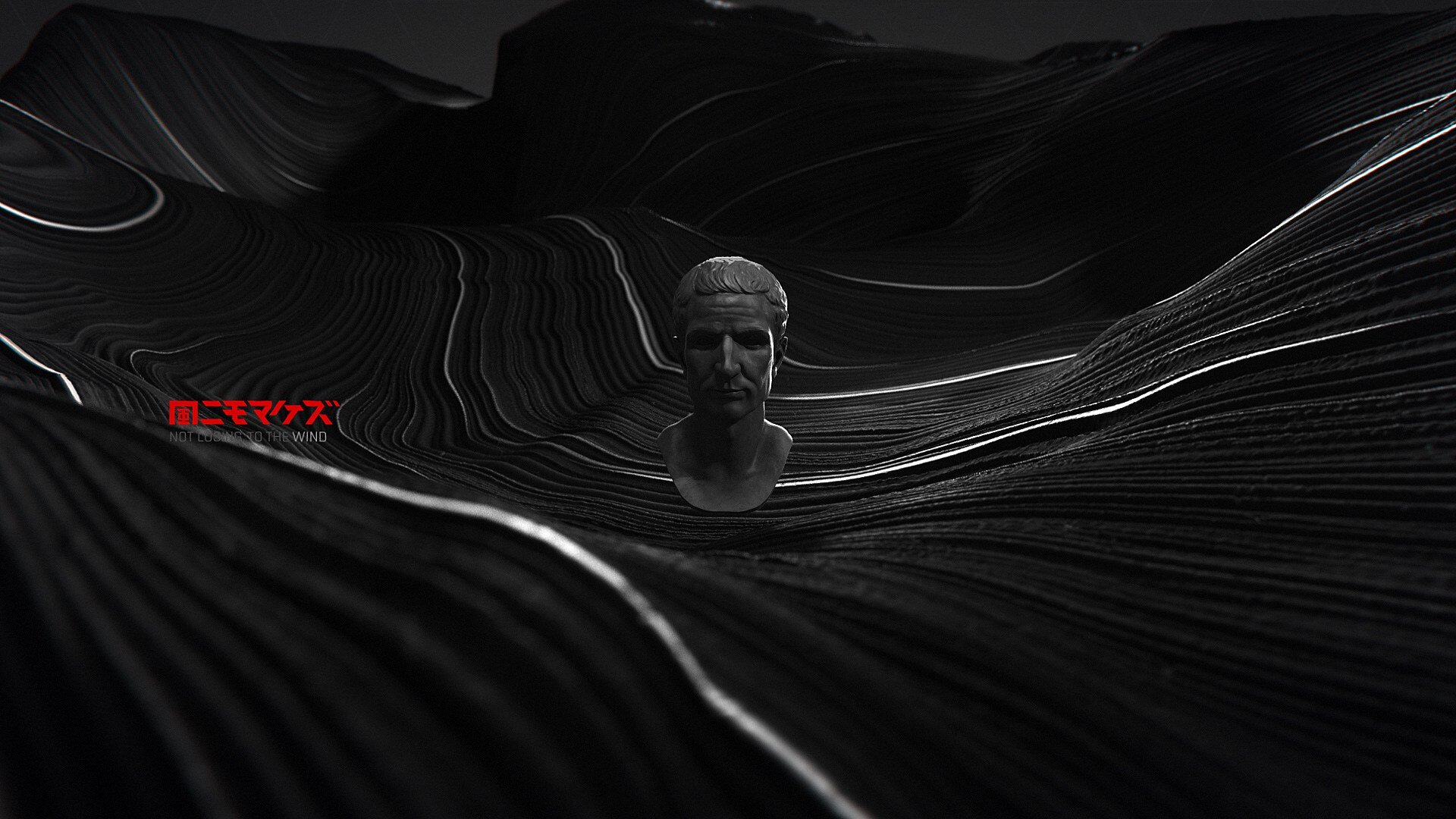
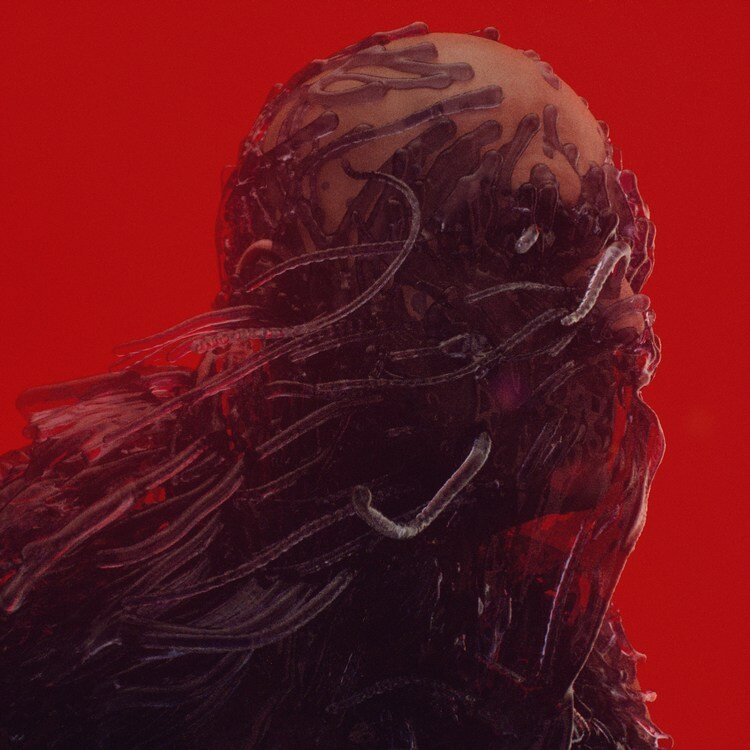
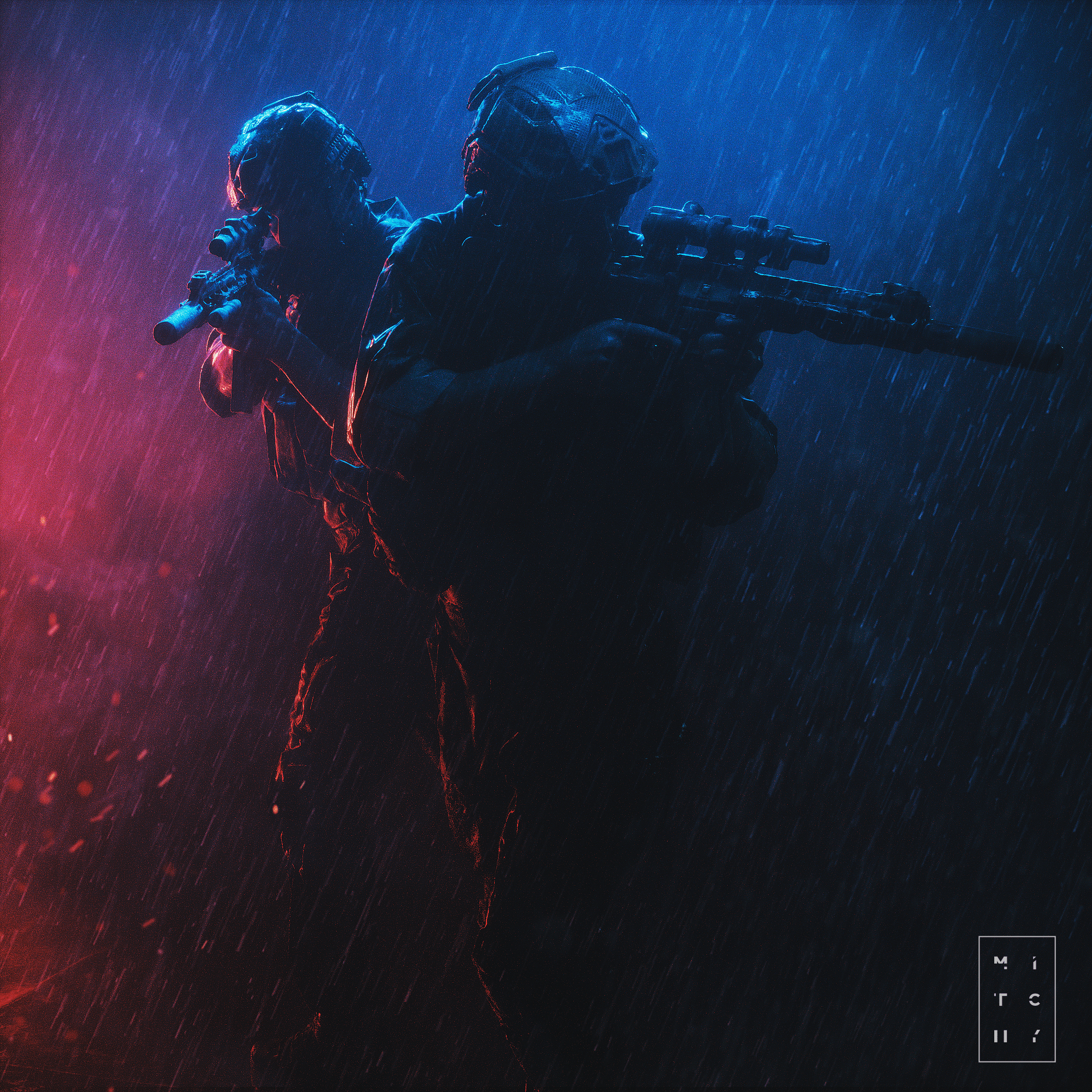
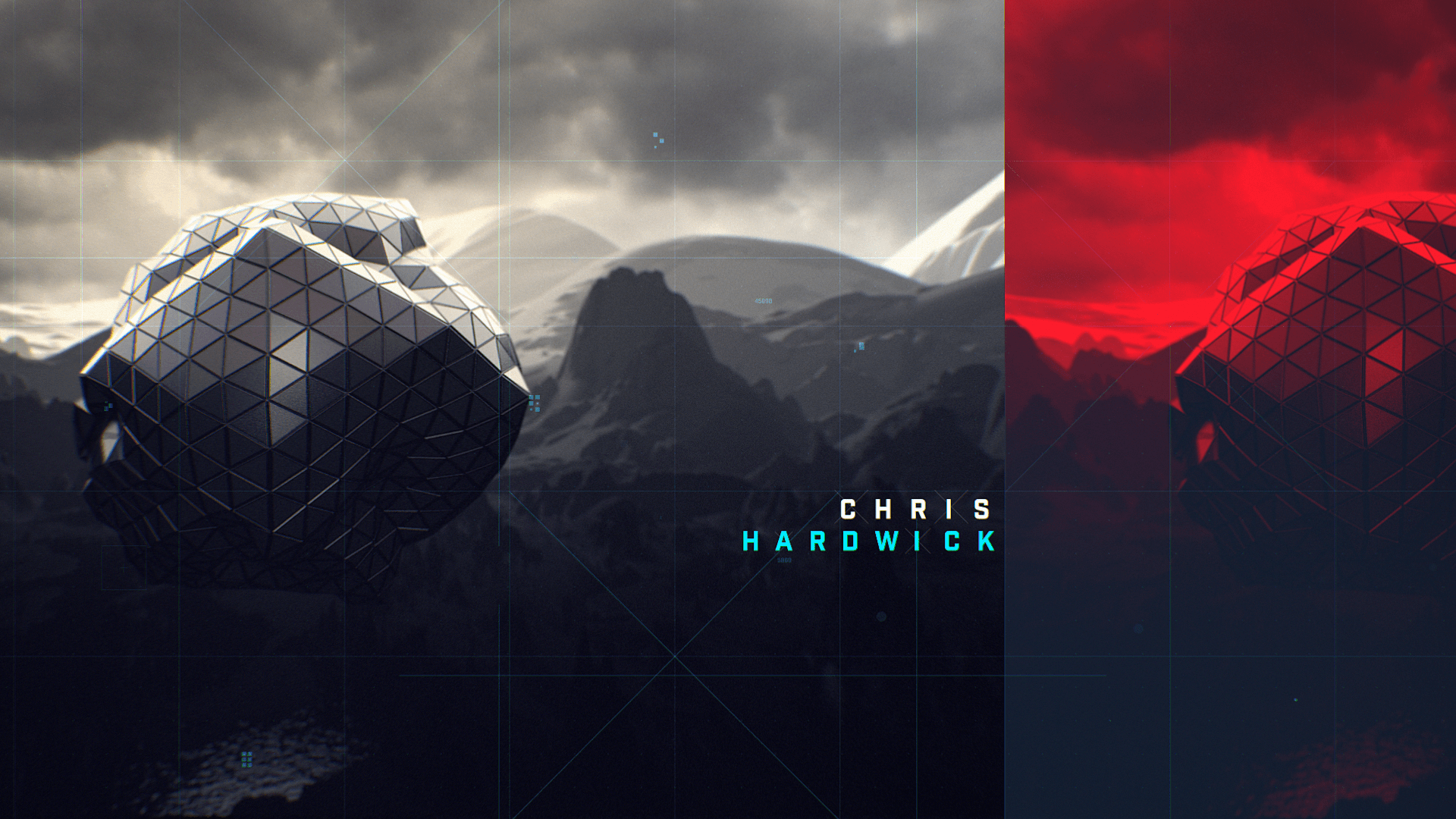
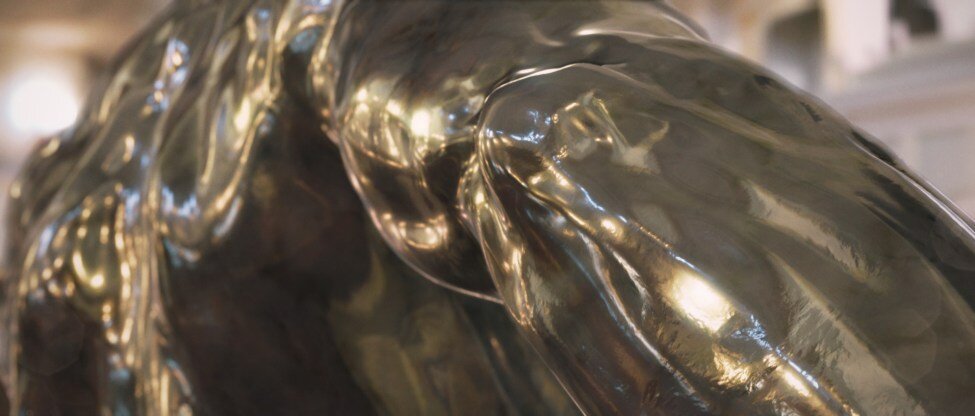
What would you say are the top 3 most important things to work on if you want to be a great mograph artist?
Brandon Parvini
The ability to be specific:
• Its not enough to say I want to do stuff for this studio, if you don’t have a plan you’re not going to be. Very specific directed work/effort is what it takes to be somewhere different where you are.
• Don’t just identify a general genre, identify people who are doing it and always have a directed idea of what you’d be great at.
Always try and make yourself responsible for communicating an idea through image
• As an artist you’re trying to hold yourself up to people who are stronger than you, are where you want to be, what are they making, how are they making, how are they conducting themselves.
Not I want to be better, but HOW
• It’s work, work work work work work, and when I say that its not about the gigs its about what you’re doing with your evening hours.
• Jeremy Cox spends the hours on Friday night at 11:30 and decided he’s more about digging into figuring out different displacement map systems using procedural noise than he to go to the bar and catch that game.
• Those hours and that ability to create a comfort level with the tools you’re using is essential to succinctly deliver on what you’re trying to do.
If you don’t know the tools that you’re using, you’re going to have a really tough time getting to where you want to be
• Hours and hours and lots of failure, for me. I look at it like a building, it’s almost like parasitic architecture, I’m always building new wings/ doors/ hallways/ etc, I know how light should work, then I learn After Effects, then experimental stuff, but it could be great for this one thing.
• Know software well enough to know what it doesn’t do well and find something else that does do that very well. Won’t know limits to your software unless you spend the time under the hood. I want to do this thing, this tool is just not the best at doing it, which one do I need to acquire to buy that look that I want to to?
Rather than learning software, buy art books and try and find something that you have no idea how to make and try and do it
• Don’t do a daily, do a monthly or weekly, give yourself the time to back yourself into a corner and figure your way out of there.
• Houdini is very in vogue, the things that it makes are in vogue but that will change, it’s mostly useful for creating these Houdini HDAs that create plugins for Cinema that it doesn’t do very well, then bring that Houdini stuff into a platform that I can move fast with.
Your brand is your lens. Its not just what the final frame looks like, it’s your approach to the project
• You need to know what you want to be known as in 2 sentences.
• Have a lense that you see the world through. You need to really hone the content/ discussions you put out and always make sure its speaking the same language.
• If you’re really design-centered establishing how you approach design is important. If technical stuff is your thing then you need to demonstrate extreme technical acumen.
• You can have 13 ways you can get to the same final product. You’re using more After Effects to execute a look or maybe next time you’re using Cinema 4d or next time you’re using Houdini/ etc.
• At times I’ll go onto Github and find weird code and then process it so I force myself to learn something new and adapt my process.
Eric Nikolas Smit
Put all you energy in your work.
• Set the bar extremely high, don’t give up. No pain, no gain!
Keep working on personal projects, don’t be just a disposable service provider.
• Developing personal ideas and experimenting is essential. It helps people to grasp who you are as an artist, what you’re good at. And if your career fails, for whatever reasons, you’ll still be proud of what you have achieved.
Don’t stay behind your computer all day long.
• Go outside, meet your clients and collaborators, build a network in “the real world.”
Nik Hill
Passion
Dedication
Commitment
Selfishness
• A bit selfish mixed with being understanding (feel like I should be spending way more time with my GF) You have to give a lot to your craft but also need to have external influences
Mitch Myers
Learn as much as possible as often as possible
Learn to trust yourself, both in life and business
• Stand by your work and worth but also know you are never good enough. It will keep you growing.
Adapt often
• If you don’t adapt you will risk falling behind or staying where you are, which is never good.
Brett Morris
You’re only as good as your last job
Show up on time and don’t waste a minute
Buy the first round of drinks
Quick Takeaways:
Your brand is your lens its not just what the final frame looks like, it’s your approach to the project
-Brandon Parvini
Not I want to be better, but HOW
-Brandon Parvini
Learn as much as possible as often as possible
-Mitch Myers
Keep working on personal projects, don’t be just a disposable service provider
-Eric Nicolas Smit
Selfishness
-Nik Hill
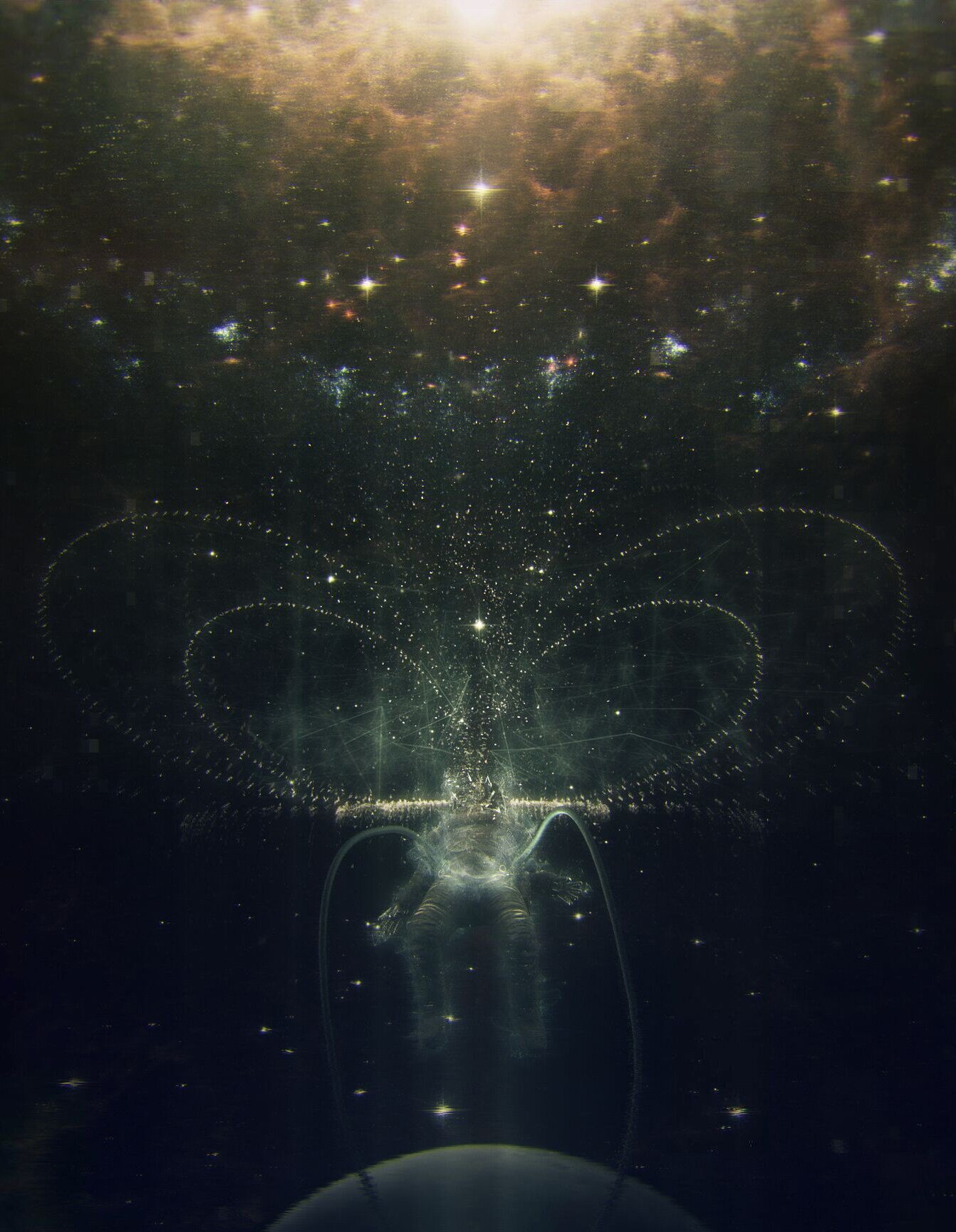
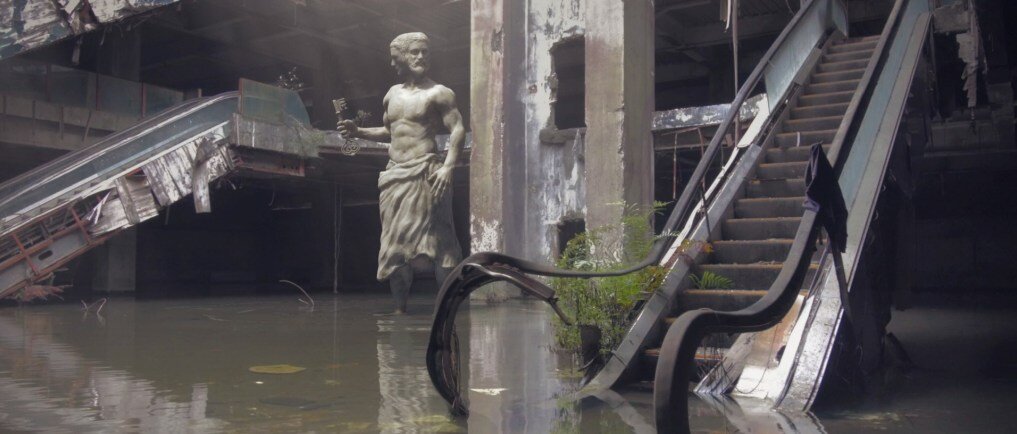
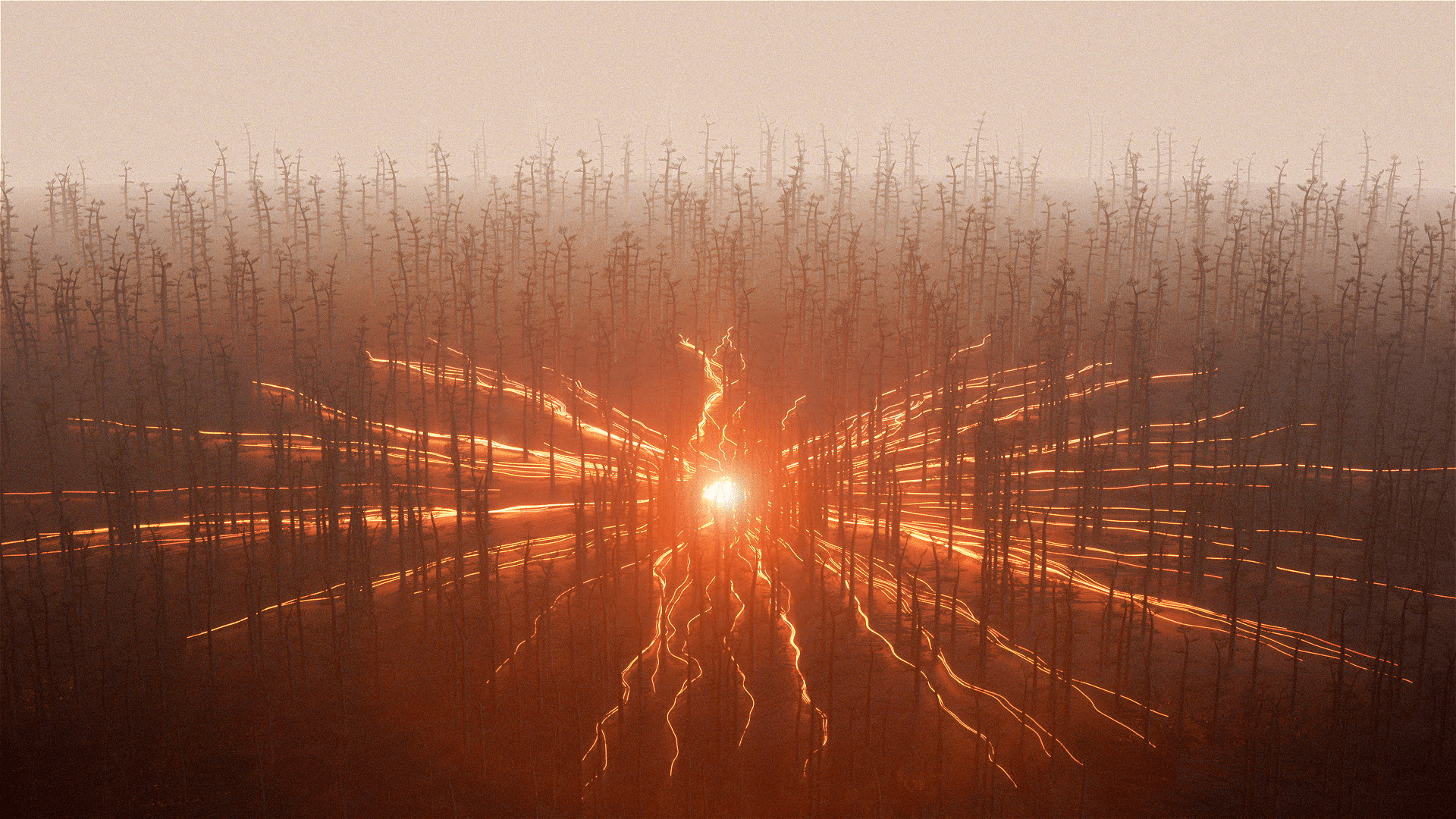
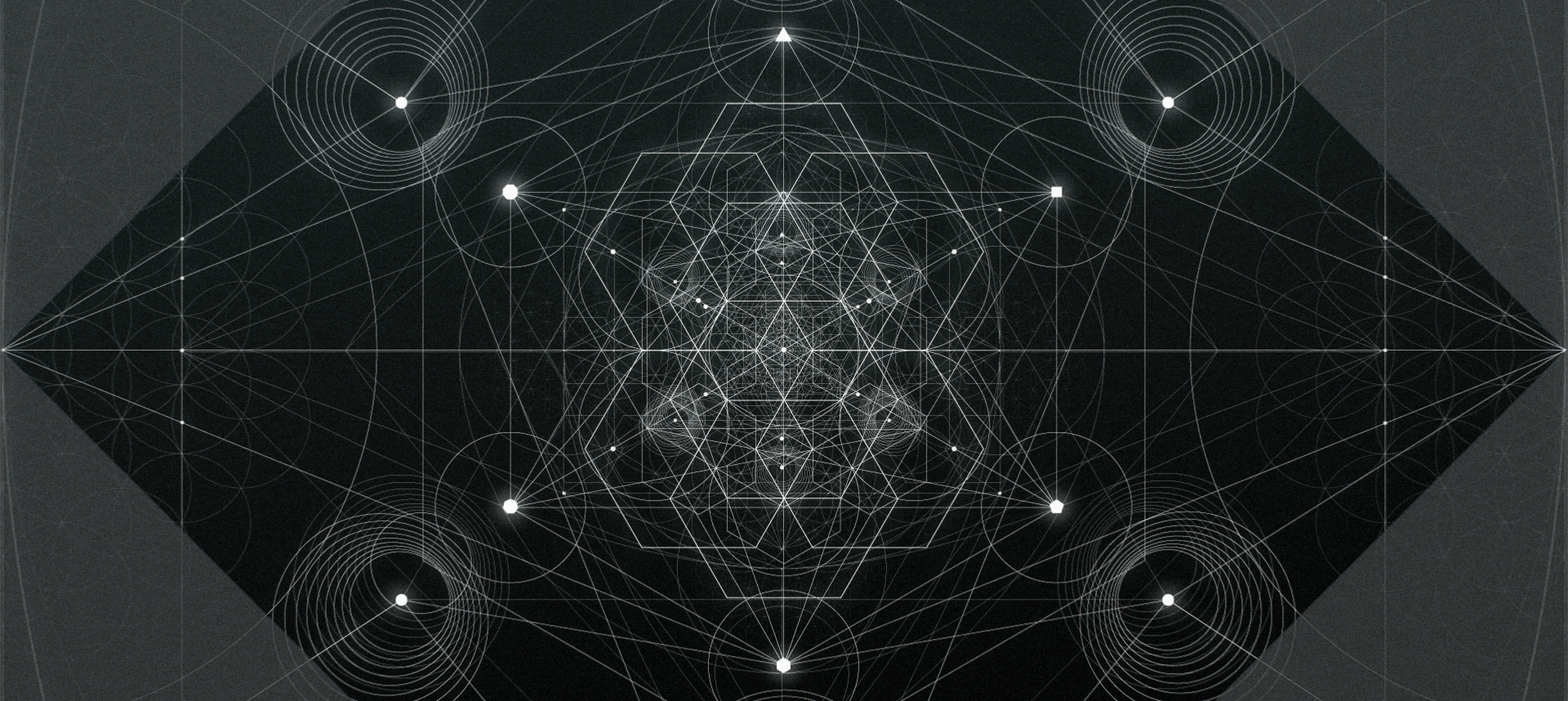
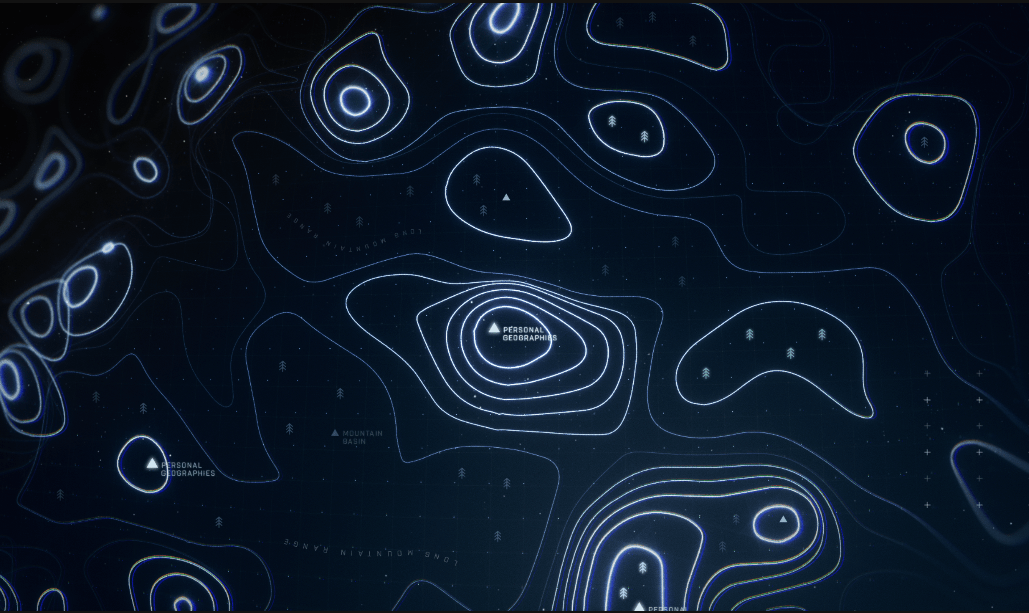
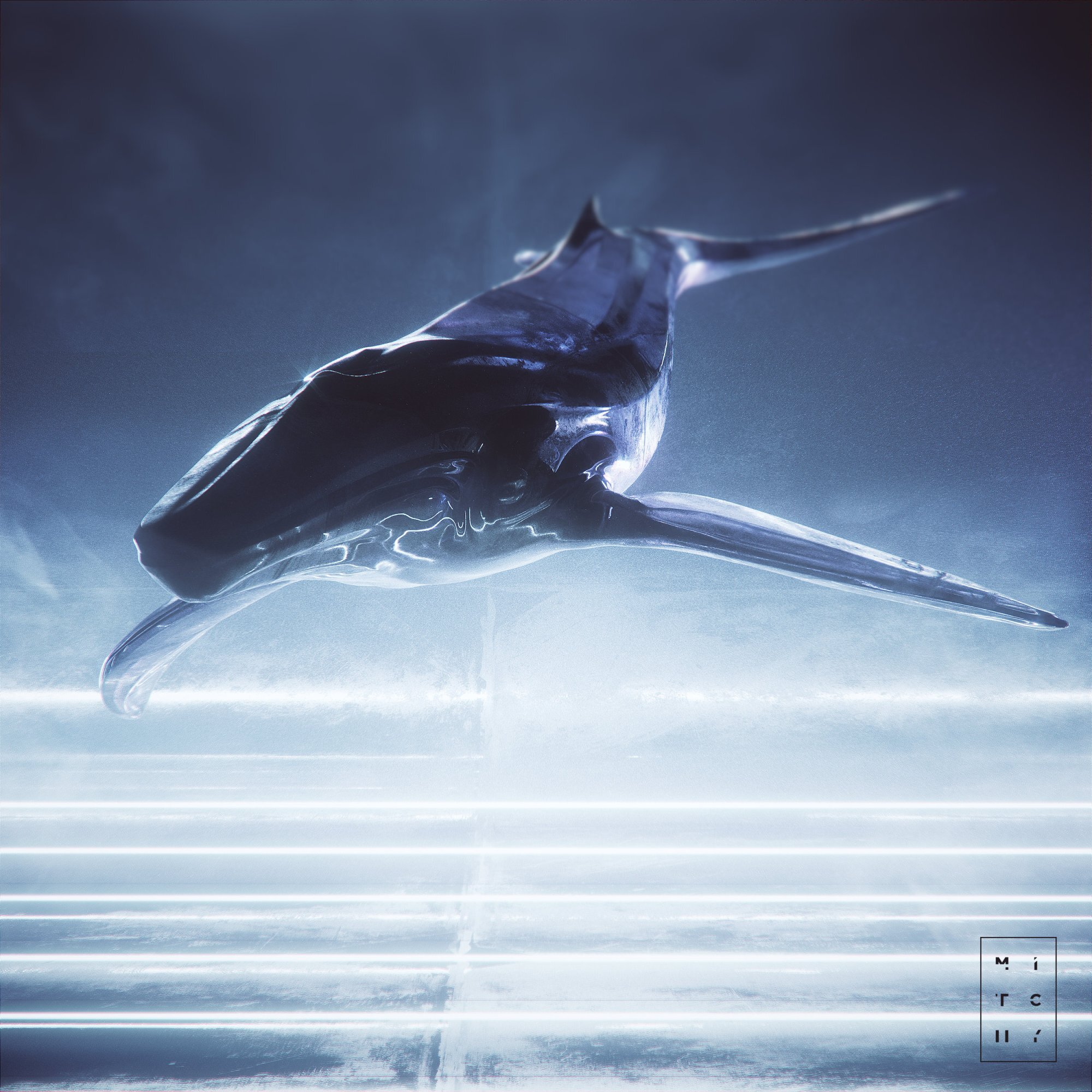


Name 3 Mograph projects so memorable you'll remember them for the rest of your life
Brandon Parvini
1. PSYOP ident they did for MTV U (Haiku) where its black and white, trees turn into ravens, ravens lay on branches, so beautifully done, minimalistically executed, back in 2008. It's a perfect piece.
2. Before I got into motion graphics, I was a Fine Arts major, so I always knew painting and sculpting. I grew up with my parents buying me H. R. Geiger books and flipping my lid over the strange haunting visuals. In a way it broke me because I loved giving people what they didn’t ask for, giving them something else instead.
3. Everything done by Chris Cunningham.
The original Ridley Scott Alien is always a callback. What he did with lighting in that piece and how the absence of information created emotion, solved a lot of onset production problems by just not showing, but embracing what wasn’t working and pivoting. It didn't force the final image into a place that wasn’t possible. The suit had fallen apart, absolutely torn apart, so he turned off all the damn lights and made it work. That kind of bootstrapping attitude is a consistent mantra in how I approach anything. Don’t have a ton of CPUs? So fake it. Don’t have time to model it out? Find a different technology to lean on. Have a CAN DO attitude so that you can make anything you want if you put the time in.
Nik Hill
1. Raul Marks (Semi Permanent 2015)
2. The Revenant Project by S.R. Partners
3. Sherlock Holmes title sequence
Eric Nicolas Smit
I’m always attracted to surreal, mystical or poetical sequences.
1. The Stargate sequence in Stanley Kubrik's 2001 A Space Odyssey, created by Douglas Trumbull, made a big impact on me. I’m still fascinated by it. I had the chance of seeing this movie in a theatre last year, with a philharmonic orchestra playing the music, and it was a riveting mind bending experience.
2. The movie Taxandria by Raoul Servais was also a memorable experience. The movie itself is mediocre and feels unfinished, but it includes beautiful composite sequences. To create the world of Taxandria, Raoul Servais integrated filmed characters in painted artworks (influenced by symbolic and surrealist artists like Salvador Dali, Paul Delvaux, Rene Magritte, etc...). The result is charming. I remember vividly watching this film in theatre in the mid 90s and thinking “this speaks to me, this is something I could do”.
3. Saul Bass is also a reference. It’s one of the first modern motion graphic artist. The title sequences he created for the Hitchcock movies Vertigo, North by NorthWest and Psycho are little jewels. They set the tone and the rhythm of these movies perfectly. The fact these sequences were done manually without the help of any modern technology makes them even more impressive.
Mitch Myers
1. Main Titles for The Night Manager
2. The Main Titles for American Gods
3. Main Titles for True Detective
Brett Morris
1. PostPanic - OFFF Titles 2011
How do people hear about an artist in the first place?
Awards Shows
Industry Award Shows
As an individual freelancer you're probably not going to be the one entering projects into these shows, they the domain of larger scale team efforts. But if you're lucky enough to get attached to a project that wins one of these, you can ride those coattails for years to come.
The Art Directors Club The annual awards ceremony for the advertising industry. Chances are in a given year you'll end up working on more than one ad, so your odds of winning do exist.
The Emmys The name Emmy is worth it's weight in gold, even if winning one is more a popularity contest than a true merit. I once worked for someone who had a few Emmys from working on NBC Sports packages and he had big time clients chasing him down for his time. I think I technically have a credit to an Emmy but the work wasn’t something I’d put on my site so not sure how useful it even is.
Promax BDA An international award show focused on the entertainment industry.
The Motion Awards Run by Motionographer (you might've heard of it), therefore a big deal by association.
Conferences
Based on the fact that I chose my candidates for this article based on their talks at SIGGRAPH, it should be apparent that speaking at conferences can really get your name out there as an expert. Being that mainly serious professionals attend these events, if they're looking at you with a microphone in your hand teaching them something they don't know, it truly is an awesome credibility indicator. Even going as an attendee is great however as you're literally surrounded by your peers, inevitably leading to future friends and networking opportunities.
Tastemakers & Curated Galleries
These sites are great launchpads for your work, as the mograph community watches these channels religiously, guaranteeing you'll get noticed if they feature your work. These avenues are suitable for personal projects if they're done well enough, so it's a great goal to aim for, for any self-directed work you create.
Behance
How to get your work picked for a Staff Pick
Vimeo Staff Picks
Vimeo Staff Picks are another amazing way to get on the map. They even have a motion graphics section to increase your odds of making the cut. How to get your work picked for a Staff Pick:
Conclusion
I hope this article helped steer you towards what to work on if you want to find liberation as a freelancer. Their advice spanned everything from the broad strokes of a successful career to what you can do right now to start a personal project that will get you notoriety. What you do with this information is up to you, but I hope you use it to grow and find all the success you need to change your life.



